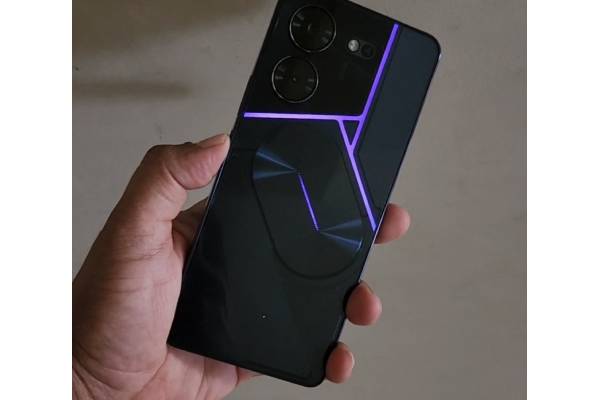
By Vishnu Anand
August 29, 2023: In the September of 2000 when the Nokia 3310 mobile phones was released, it swept the consumer tech market owing to its affordability and ruggedness. The auxiliary market for cases and other accessories skyrocketed as the device grew in popularity.
One such accessory was the flashing sticker that could be stuck on the back panel of the device. It harnessed Radio Frequency Identification (RFID) technology, drawing on pulses of RF energy from the phone to power itself. This sticker came in myriad patterns and designs of RGB ( Red, Green, Blue), that would light up like fairy lamps, five seconds before a call or message came in. This is probably the first instance of lighting being used for mobile phone notifications.
About a decade later, with multi player professional gaming gaining popularity, gaming device manufacturers like Asus, Dell, Acer and Lenovo introduced gaming keyboards with enhanced ergonomics and backlighting. Suddenly, backlit keyboards, mice and controllers gained popularity among the gaming circuit.
Today, almost every gaming device comes with RGB lighting on the keyboard, the processor and the controller.
Meanwhile, smartphones were becoming smarter, but mostly in the design, battery optimization and sound departments. Towards the latter half of 2015 was probably the first time when the camera flashlight was used for notifications. A 5-second flash on and off indicated that you were getting a message and call.
Today, the scene has changed. Smartphones in the market are reviving back panel lighting, offering the option of running lights in RGB colours that can be pre-configured to give different notifications for calls, messages, social media apps, and even low battery alerts. The Nothing phone tried this concept on their first two devices; as a brand that is slowly gaining popularity, it is set to become a regular feature in their future releases too.
But the biggest thrust to RGB lighting comes with the recently launched Tecno Pova 5 series of devices.
Powered by what the brand calls the Arc Interface, the Tecno Pova 5 Pro is the first 5G device priced at Rs. 14,999 that boasts of RGB lighting as the primary design feature. Right from boot-up to notifications to even an option that makes the RGB lights 'dance' to the beats of the music, the Pova 5 Pro is designed with a slick shiny back panel that houses the 50 MP camera modules and the lighting strips smartly running around it, along the length and breadth of the back panel.
Interestingly, in May of last year, Tecno previewed this feature in the Pova 3 device albeit as a single light strip. A couple of months later, Nothing derived inspiration from it and created the Glyph lighting feature. The Tecno Pova 5 Pro, available in black and silver variants, comes with high-quality camera and processor specs and a sleek and slim design that accentuates the RGB backlighting.
The writing on the wall is clear. Colour lighting in smartphone back panels is here to stay as a feature that will be demanded by customers. This means two things:- a behavioural change where you place your phone face down, and using transparent back covers that do not kill the vibe of lighting.
This article has appeared in Swarajya with more images